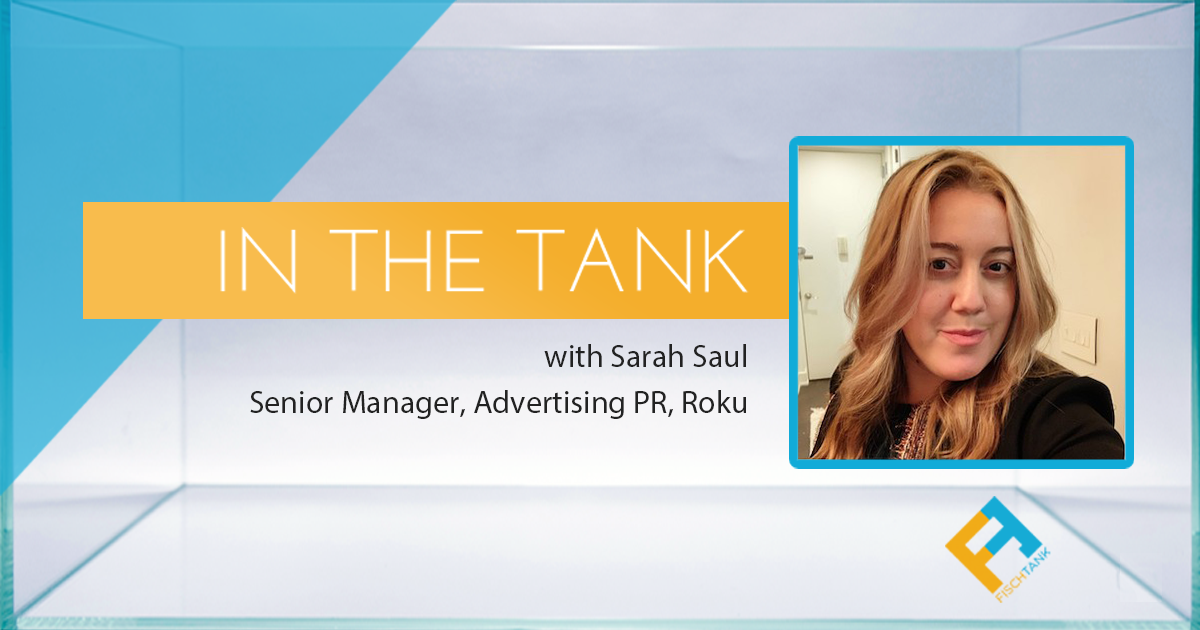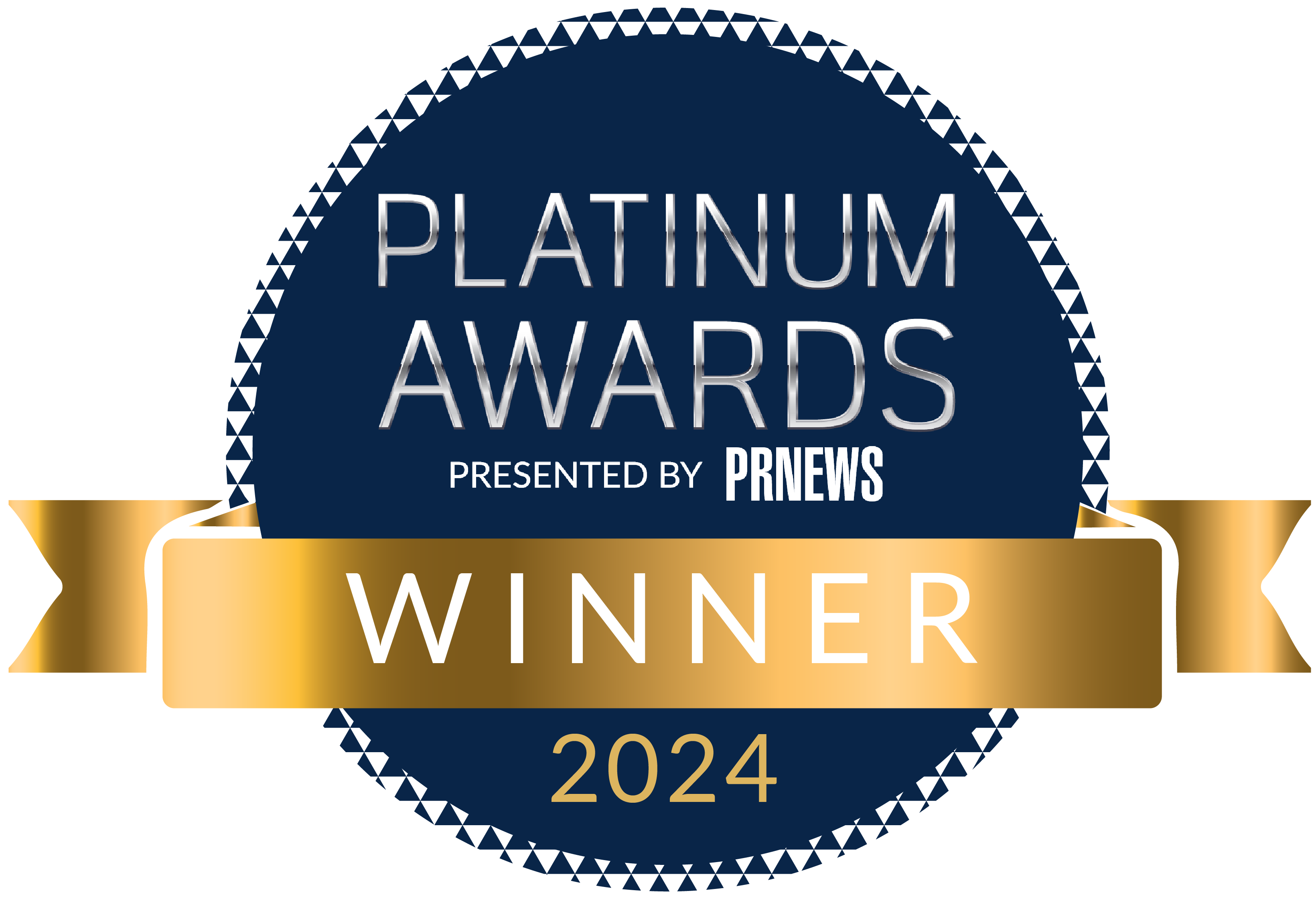This month In the Tank, we talk to Sarah Saul, Senior Manager, Advertising PR at Roku to discuss the how the blend of advertising and PR can impact brands, and how brands can find their voice to break through the noise.
Tell us about your role as Senior Manager, Advertising PR at Roku?
I’ve been with Roku’s Comms team for almost two years. My role focuses on highlighting the Roku advertising platform at the center of the streaming ecosystem through strategically crafted narratives, speaking, award recognition, and press engagements.
Traditionally, PR and advertising are thought to be separate entities, but your role blends the two. Why is it so important for consumer brands like Roku, who have a strong B2C component but also depend on advertisers for revenue, to have B2B PR campaigns? What are the differences in strategy?
Roku pioneered streaming to the TV and continues to innovate the TV experience while delivering exceptional value to our customers and our partners. While we are focused on making TV better for everyone with the transition to streaming and giving consumers a fantastic streaming experience, we are also focused on creating that same experience for advertising. Marketers are reallocating their ad dollars from traditional TV and social budgets to more TV streaming ad campaigns, so it’s important to tell the narrative in the market that advertisers are taking a “streaming first” approach and that advertising with Roku delivers effective results.
You’re frequently sharing articles and videos on trending topics in the ad/marketing space on LinkedIn that feature Roku’s advertising and sales leads as experts — how can brands stay ahead of these trends and ensure their spokespeople are prepared with messaging that will resonate with their B2B audience?
It’s rare that a company has only one type of story to tell. For example, Roku can tell advertisers how to invest their ad dollars into CTV and also how to prepare for the demise of third-party cookies disrupting targeted advertising. Build a spokesperson bench/matrix that includes a go-to expert for each topic, so you can spread the knowledge wealth and give more execs a chance in the spotlight. A disciplined approach also offers spokespersons peace of mind because they know exactly what kind of topics they will be offered to speak about.
It’s a competitive landscape out there for streaming services both in the B2C and B2B worlds, but Roku is holding their own as an evolving product/service and in the media — from a PR/comms perspective, how can brands ensure their voice and messaging breaks through the noise?
Understanding the success of your messaging and campaign strategies is a difficult undertaking because of the time and effort it takes to measure the context of your coverage. Make sure your key messages are tied to the company goals. Create a spreadsheet that outlines your key messages combined with a third-party analysis through a tool like Meltwater to track message pull through, competitive messaging, and coverage tone.
Lastly, what’s your best tip for brands looking to start a B2B thought leadership program to reach potential partners? Where should they start?
I can’t offer just one, so here are a couple to get started:
1. Start small and then grow. Do research on where your audience primarily interacts. Twitter and LinkedIn are two of the most common platforms for B2B brands as they both provide a great platform for trending news and educational information.
2. Plan a program that has a willingness to take a risk, be bold and creative, and deliver content on a more personal and engaging level. Educate your marketing executives that when placing contributed content that the piece cannot be promotional or commercial and that the content is designed to inform, engage, or issue a call to action, not to sell a product or service.
To keep up with Sarah, connect with her on LinkedIn.
Interested in sharing your insights in journalism, marketing, or communications in a future installment of In the Tank? Drop us a line.




